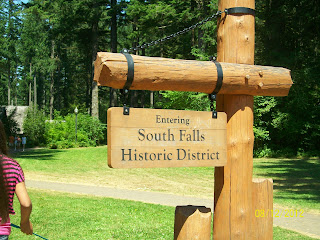Most Oregonians refer to themselves as Christian but do not list a denominational affiliation. About 27% are unaffiliated Christians
OregonReligious Traditions, 2010 |
| 447,009 | 4,471 | 140,248 | 7,316 | 399,440 | 196,309 | 2,636,281 |
|---|---|---|---|---|---|---|
| Evangelical Protestant | Black Protestant | Mainline Protestant | Orthodox | Catholic | Other | Unclaimed |
Oregon is one of few states in the country with a large amount of their population claiming to be religiously-unaffiliated. The state that Oregon's religious trends most closely resemble are that of Washington. Seventeen percent of Oregon residents describe themselves as not being a part of a religion. That is more than twice as high as the country's percentage which averages 7%.
Oregon also has some of the least heard of religions present in the state. There is a small Neo-Pagan/Wiccan community that is active. The group is so small that it only makes up 0.1% of the state's population. This shows Oregon's high amount of religious tolerance in comparison to other states.
Sources:
Religious traditions graph
"Religion in Oregon." Religion in Oregon. N.p., n.d. Web. 11 Oct. 2012. <http://www.adherents.com/loc/loc_oregon.html>.
"Reports." The Association of Religion Data Archives. N.p., n.d. Web. 12 Oct. 2012. <http://www.thearda.com/rcms2010/r/s/41/rcms2010_41_state_name_2000_ON.asp>.




















